Barrel Garden Cantaloupe – ever dreamt of biting into a juicy, homegrown cantaloupe, bursting with flavor, but thought you didn’t have the space? I’m here to tell you that dream can absolutely become a reality, even if you only have a small balcony or patio! Forget sprawling fields; we’re going vertical with a clever and surprisingly easy DIY project.
Growing cantaloupe has a rich history, enjoyed for centuries across various cultures. From ancient Egypt to the royal gardens of France, this sweet melon has always been a symbol of luxury and deliciousness. Now, you can bring that touch of elegance and flavor to your own home, no matter how limited your gardening space may be.
Let’s face it, traditional cantaloupe growing can be intimidating. They need a lot of room to sprawl, and that’s just not feasible for many of us. That’s where the magic of a barrel garden comes in! This DIY project is perfect for urban gardeners, apartment dwellers, or anyone looking for a space-saving solution to enjoy fresh, homegrown produce. I’ll guide you through each step, from choosing the right barrel to nurturing your cantaloupe vine to its sweet, flavorful harvest. Get ready to impress your friends and family with your Barrel Garden Cantaloupe expertise – it’s easier than you think!
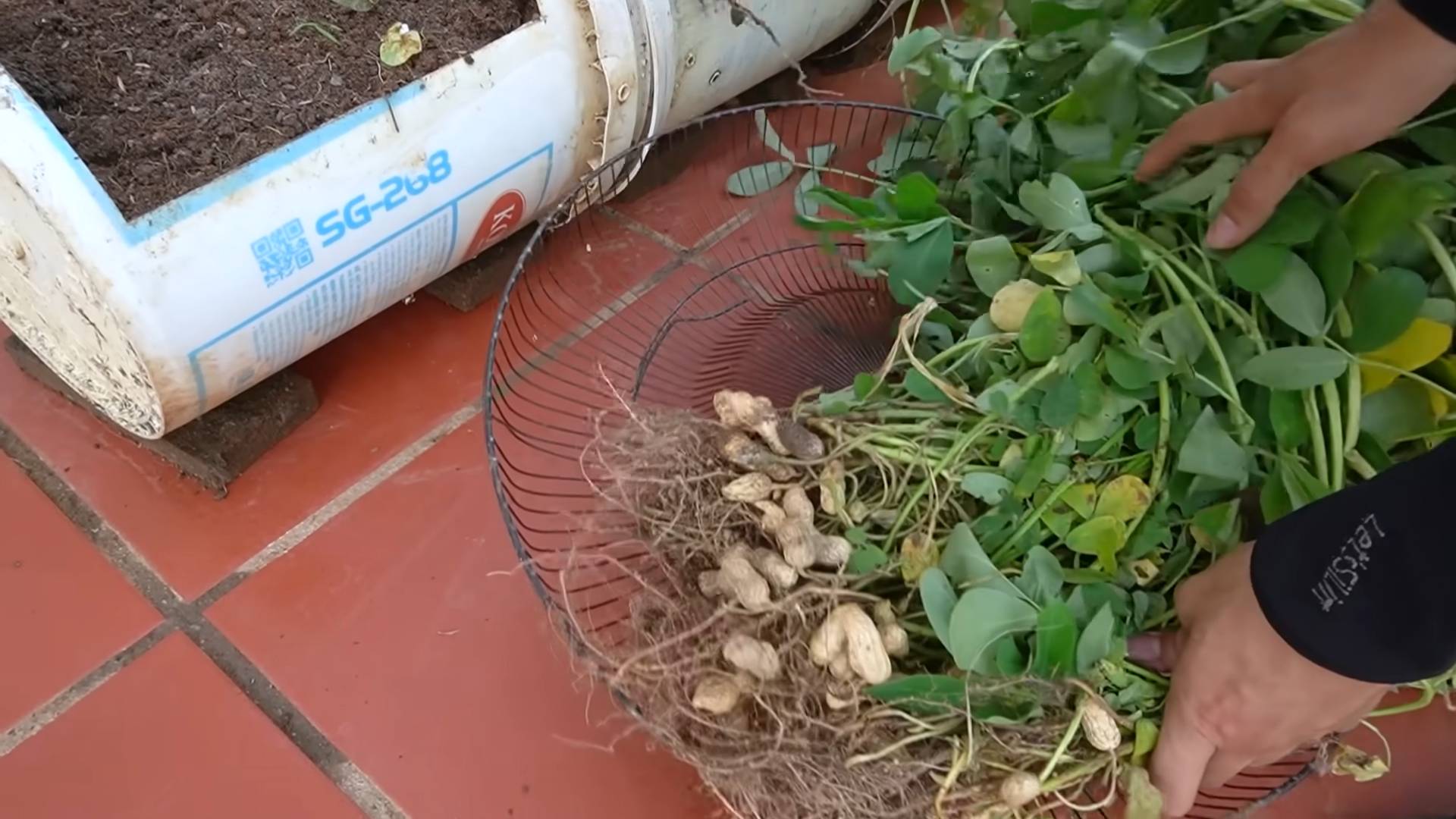
DIY Barrel Garden Cantaloupe: A Sweet Treat from Your Own Backyard
Okay, friends, let’s talk cantaloupe! I absolutely adore fresh cantaloupe, and what’s better than growing your own? But maybe you’re short on space, or your soil isn’t ideal. That’s where the magic of barrel gardening comes in! This guide will walk you through creating a thriving cantaloupe patch in a barrel, bringing that summery sweetness right to your doorstep.
Choosing the Right Barrel and Location
First things first, we need to set the stage for our cantaloupe to flourish. The right barrel and location are crucial for success.
* Barrel Size: Opt for a large barrel, at least 24 inches in diameter and 18 inches deep. Cantaloupe vines need room to spread their roots. A half-barrel is perfect!
* Material: You can use a plastic or wooden barrel. If you’re using a wooden barrel, make sure it hasn’t been treated with any harmful chemicals. A food-grade plastic barrel is also a great option.
* Drainage: Excellent drainage is non-negotiable. Cantaloupe hates soggy feet! We’ll address this in the construction phase.
* Sunlight: Cantaloupe are sun-worshippers. Choose a location that receives at least 6-8 hours of direct sunlight per day. This is super important for sweet, juicy melons.
* Accessibility: Consider how easy it will be to water and harvest your cantaloupe. You don’t want to be lugging water buckets across the yard every day!
Materials You’ll Need
Before we dive in, let’s gather our supplies. This will make the whole process smoother and more enjoyable.
* Barrel: As discussed above, a large half-barrel (plastic or untreated wood).
* Drill with Drill Bits: For creating drainage holes.
* Landscape Fabric: To line the barrel and prevent soil erosion.
* Gravel or Rocks: For the bottom layer to improve drainage.
* High-Quality Potting Mix: A well-draining mix specifically formulated for vegetables. Avoid using garden soil, as it can compact too much in a container.
* Compost: To enrich the soil and provide nutrients.
* Cantaloupe Seeds or Seedlings: Choose a variety that’s well-suited to your climate. Bush varieties are often a good choice for containers.
* Trellis or Support System: Cantaloupe vines can get heavy, so a trellis will help support the fruit and keep it off the ground.
* Slow-Release Fertilizer: To provide a steady supply of nutrients throughout the growing season.
* Watering Can or Hose: For regular watering.
* Gloves: To protect your hands.
* Measuring Tape: To measure and cut the landscape fabric.
Constructing Your Barrel Garden
Alright, let’s get our hands dirty! This is where we transform a simple barrel into a cantaloupe paradise.
1. Drilling Drainage Holes
* Turn the barrel upside down.
* Using your drill and a large drill bit (at least ½ inch), drill several drainage holes in the bottom of the barrel. I usually go for about 6-8 holes, evenly spaced.
* Make sure the holes are large enough to allow water to drain freely.
2. Lining the Barrel
* Measure the inside of the barrel to determine how much landscape fabric you’ll need.
* Cut the landscape fabric to size, allowing for some overlap.
* Line the inside of the barrel with the landscape fabric, making sure it covers the bottom and sides. This will prevent soil from washing out through the drainage holes.
* Secure the fabric with staples or tacks if necessary.
3. Creating a Drainage Layer
* Pour a layer of gravel or rocks into the bottom of the barrel, about 4-6 inches deep. This will further improve drainage and prevent the soil from becoming waterlogged.
4. Preparing the Soil Mix
* In a large container or wheelbarrow, mix together the potting mix and compost. I usually go for a ratio of about 2 parts potting mix to 1 part compost.
* Thoroughly combine the two ingredients until you have a rich, well-draining soil mix.
5. Filling the Barrel
* Carefully fill the barrel with the soil mix, leaving about 4-6 inches of space at the top.
* Gently pat down the soil to remove any air pockets.
Planting Your Cantaloupe
Now for the exciting part – planting our cantaloupe!
1. Starting from Seed (Optional)
* If you’re starting from seed, sow the seeds directly into the barrel about 1 inch deep.
* Water gently and keep the soil consistently moist until the seeds germinate.
* Once the seedlings have emerged and have a few sets of true leaves, thin them out to the strongest one or two plants.
2. Transplanting Seedlings
* If you’re using seedlings, gently remove them from their containers.
* Dig a hole in the soil large enough to accommodate the root ball.
* Place the seedling in the hole and gently backfill with soil.
* Water thoroughly.
3. Spacing
* If you’re planting multiple cantaloupe plants in the same barrel, space them at least 12-18 inches apart. This will give them enough room to grow and spread.
Providing Support
Cantaloupe vines can get quite long and heavy, so a support system is essential.
1. Installing a Trellis
* Insert a trellis into the barrel behind the cantaloupe plant(s). Make sure the trellis is sturdy enough to support the weight of the vines and fruit.
* As the vines grow, gently train them to climb the trellis. You can use plant ties or clips to secure them.
2. Other Support Options
* If you don’t want to use a trellis, you can also use stakes or cages to support the vines.
* Another option is to let the vines trail over the edge of the barrel, but this can make it difficult to harvest the fruit and can also increase the risk of pests and diseases.
Caring for Your Cantaloupe
Now that our cantaloupe is planted and supported, it’s time to provide the care it needs to thrive.
1. Watering
* Cantaloupe needs consistent watering, especially during hot, dry weather.
* Water deeply whenever the top inch of soil feels dry to the touch.
* Avoid overwatering, as this can lead to root rot.
* Water at the base of the plant to avoid wetting the foliage, which can encourage fungal diseases.
2. Fertilizing
* Apply a slow-release fertilizer according to the package directions.
* You can also supplement with liquid fertilizer every few weeks.
* Choose a fertilizer that’s high in phosphorus and potassium, which are essential for fruit development.
3. Pruning
* Pruning can help improve air circulation and encourage fruit production.
* Remove any dead or yellowing leaves.
* You can also pinch off the tips of the vines to encourage branching.
4. Pest and Disease Control
* Keep an eye out for pests such as aphids, squash bugs, and cucumber beetles.
* Use insecticidal soap or neem oil to control pests.
* Prevent fungal diseases by providing good air circulation and avoiding overhead watering.
* If you notice any signs of disease, remove the affected leaves or plants immediately.
5. Pollination
* Cantaloupe requires pollination to produce fruit.
* If you’re not seeing any fruit set, you may need to hand-pollinate the flowers.
* To hand-pollinate, use a small paintbrush to transfer pollen from the male flowers to the female flowers. The female flowers have a small fruit developing behind the flower.
Harvesting Your Cantaloupe
The moment we’ve all been waiting for – harvesting our delicious cantaloupe!
1. Ripeness Indicators
* The best way to tell if a cantaloupe is ripe is to check the stem end. When the fruit is ripe, the stem will easily slip off the vine with a gentle tug.
* The skin of the cantaloupe will also turn from green to a tan or yellowish color.
* The cantaloupe will also have a sweet, musky aroma.
2. Harvesting
* Once the cantaloupe is ripe, gently twist it off the vine.
* Handle the fruit carefully to avoid bruising.
3. Storage
* Store ripe cantaloupe in the refrigerator for up to a week.
* Cut cantaloupe should be stored in an airtight container.
Troubleshooting
Even with the best care, you might encounter some challenges along the way. Here are a few common problems and how
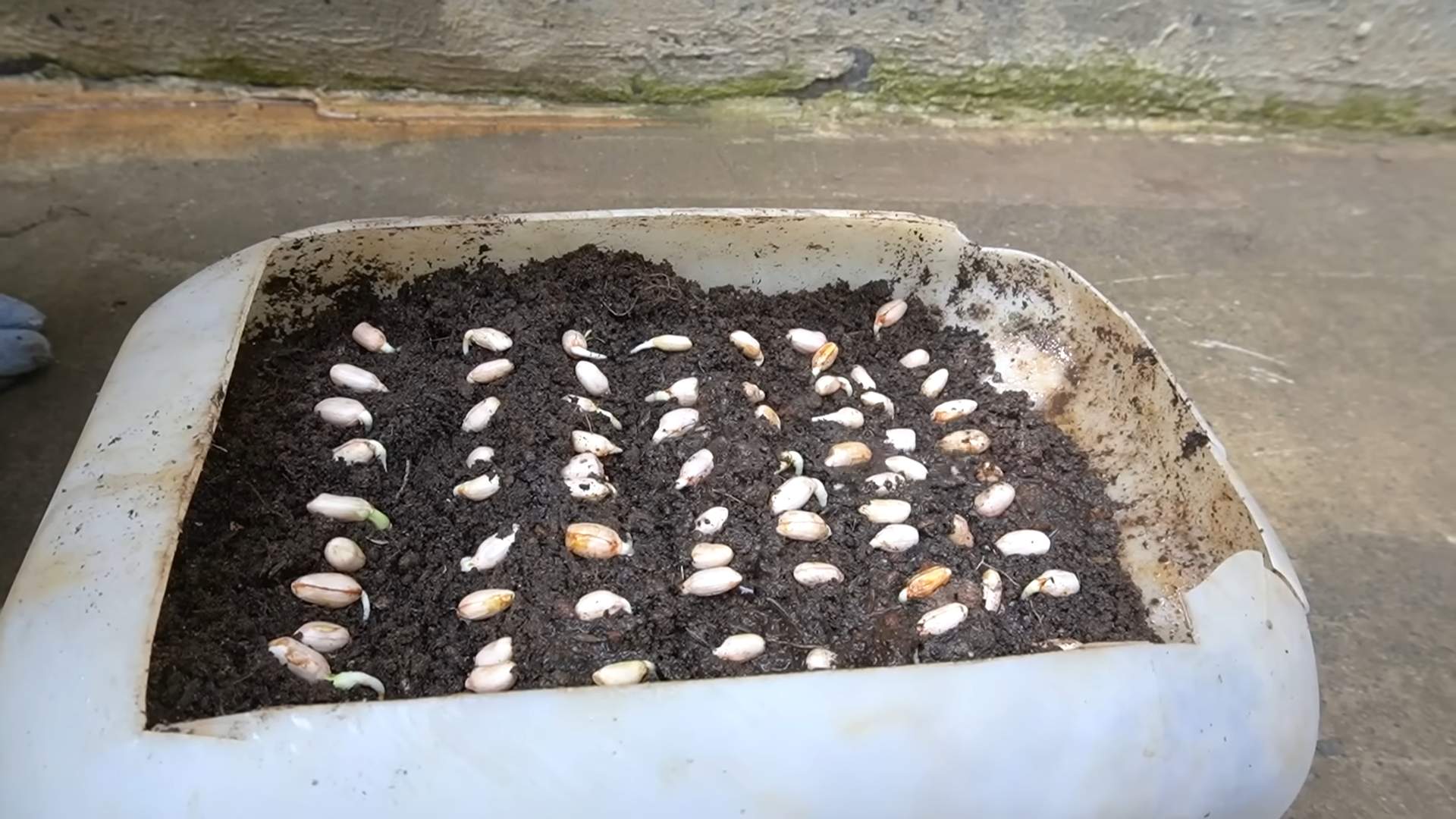
Conclusion
So, there you have it! Transforming a simple barrel into a thriving cantaloupe haven is not only achievable but incredibly rewarding. We’ve walked you through the steps, highlighting the ease and affordability of this DIY project. But why is this barrel garden cantaloupe method a must-try?
Firstly, it’s a space-saver. If you’re limited on yard space, or perhaps only have a balcony or patio, this is your golden ticket to homegrown cantaloupe. No sprawling vines taking over your garden! The contained environment allows you to maximize your yield in a minimal footprint.
Secondly, it offers superior control. You dictate the soil quality, the watering schedule, and the sun exposure. This level of control translates to healthier plants and, ultimately, sweeter, juicier cantaloupes. Say goodbye to unpredictable garden conditions and hello to consistent results.
Thirdly, it’s just plain fun! There’s something incredibly satisfying about nurturing a plant from seed to harvest, especially when that harvest is a delicious, sun-ripened cantaloupe. It’s a project the whole family can enjoy, fostering a connection to nature and a deeper appreciation for where our food comes from.
But the beauty of this barrel garden cantaloupe project lies in its adaptability. Feel free to experiment!
* Vertical Support Variations: Instead of a simple trellis, consider building a more elaborate vertical structure using repurposed materials like old ladders or wooden pallets. This adds visual interest and provides ample support for the growing vines.
* Companion Planting: Enhance your barrel garden by incorporating companion plants. Marigolds can deter pests, while basil can improve the flavor of your cantaloupe. Research compatible pairings for optimal results.
* Fertilizer Options: While we recommended a balanced fertilizer, you can also explore organic options like compost tea or worm castings. These provide a slow-release source of nutrients and promote healthy soil microbes.
* Container Size: While we focused on a standard barrel, you can adapt this method to other large containers. Just ensure the container has adequate drainage and is large enough to accommodate the cantaloupe’s root system.
Don’t be afraid to get creative and personalize your barrel garden. The possibilities are endless!
We wholeheartedly encourage you to give this barrel garden cantaloupe project a try. It’s a simple, effective, and rewarding way to grow your own delicious cantaloupe, even in limited spaces. And most importantly, we want to hear about your experience! Share your photos, tips, and challenges in the comments below. Let’s build a community of barrel garden cantaloupe enthusiasts and learn from each other. Happy gardening!
Frequently Asked Questions (FAQ)
What size barrel is best for growing cantaloupe?
A barrel with a capacity of at least 20 gallons is recommended for growing cantaloupe. This provides ample space for the root system to develop and ensures the plant has enough nutrients and water. Larger barrels (30-50 gallons) are even better, especially if you plan to grow multiple cantaloupe plants in the same container. The key is to ensure the barrel is sturdy and has adequate drainage holes to prevent waterlogging. Remember, cantaloupes need room to grow, both above and below the soil surface.
How often should I water my barrel garden cantaloupe?
Watering frequency depends on several factors, including the weather, the size of the barrel, and the stage of growth of the cantaloupe plant. Generally, you should water deeply whenever the top inch of soil feels dry to the touch. During hot, dry weather, this may mean watering daily. In cooler, wetter weather, you may only need to water every few days. Avoid overwatering, as this can lead to root rot. A good rule of thumb is to water thoroughly until water drains from the drainage holes, ensuring the entire root system is moistened. Monitor your plant closely and adjust your watering schedule accordingly.
What type of soil is best for growing cantaloupe in a barrel?
Cantaloupes thrive in well-draining, nutrient-rich soil. A good potting mix specifically formulated for vegetables is ideal. You can also create your own mix by combining equal parts of compost, peat moss (or coconut coir), and perlite or vermiculite. Compost provides essential nutrients, peat moss or coconut coir helps retain moisture, and perlite or vermiculite improves drainage. Avoid using garden soil, as it can be too heavy and may contain pests or diseases. Before planting, amend the soil with a slow-release fertilizer to provide a steady supply of nutrients throughout the growing season.
How much sunlight does a barrel garden cantaloupe need?
Cantaloupes are sun-loving plants and require at least 6-8 hours of direct sunlight per day to thrive. Choose a location for your barrel garden that receives ample sunlight throughout the day. If you live in a particularly hot climate, some afternoon shade may be beneficial to prevent the plants from overheating. If you don’t have a sunny spot, you can supplement with grow lights, but natural sunlight is always the best option. Insufficient sunlight can lead to weak growth, poor fruit production, and bland-tasting cantaloupes.
How do I prevent pests and diseases in my barrel garden cantaloupe?
Prevention is key when it comes to pests and diseases. Start by using healthy, disease-free seedlings or seeds. Regularly inspect your plants for signs of pests or diseases, such as aphids, squash bugs, or powdery mildew. Remove any affected leaves or plants immediately. Encourage beneficial insects, such as ladybugs and lacewings, which prey on common garden pests. You can also use organic pest control methods, such as insecticidal soap or neem oil. Ensure good air circulation around the plants to prevent fungal diseases. Avoid overhead watering, as this can create a humid environment that promotes disease.
When is the best time to harvest my barrel garden cantaloupe?
Knowing when to harvest your cantaloupe is crucial for enjoying its full flavor and sweetness. There are several indicators to look for. First, the cantaloupe should have a noticeable aroma. Second, the skin should change from green to a tan or yellowish color. Third, the stem should easily slip from the vine with a gentle tug. This is known as the “full slip” stage. If you have to force the cantaloupe off the vine, it’s not quite ripe. Once harvested, cantaloupes can be stored at room temperature for a few days or in the refrigerator for up to a week.
Can I grow other types of melons in a barrel garden?
Yes, you can definitely grow other types of melons in a barrel garden, but you’ll need to consider their size and growth habits. Smaller melon varieties, such as personal-sized watermelons or honeydew melons, are well-suited for container gardening. Larger varieties may require a larger barrel or more support. Be sure to choose a variety that is appropriate for your climate and growing conditions. The same principles of soil preparation, watering, and sunlight apply to all types of melons.
How do I trellis my cantaloupe plant in a barrel garden?
Trellising is essential for supporting the growing vines and fruits of your cantaloupe plant. You can use a variety of trellising methods, such as a simple A-frame trellis, a tomato cage, or a vertical trellis made from wire mesh or netting. The trellis should be sturdy enough to support the weight of the mature cantaloupe fruits. As the vines grow, gently train them to climb the trellis, using plant ties or clips to secure them. This will help to keep the fruits off the ground, prevent rot, and improve air circulation.
What fertilizer should I use for my barrel garden cantaloupe?
A balanced fertilizer with equal parts nitrogen, phosphorus, and potassium (e.g., 10-10-10) is a good starting point for fertilizing your barrel garden cantaloupe. Apply the fertilizer according to the package directions, typically every 2-3 weeks during the growing season. You can also supplement with organic fertilizers, such as compost tea or worm castings, which provide a slow-release source of nutrients. Avoid over-fertilizing, as this can lead to excessive vegetative growth and reduced fruit production.
How do I deal with blossom end rot in my barrel garden cantaloupe?
Blossom end rot is a common problem in cantaloupes, characterized by a dark, leathery spot on the blossom end of the fruit. It is caused by a calcium deficiency, which can be due to inconsistent watering, poor soil drainage, or a lack of calcium in the soil. To prevent blossom end rot, ensure consistent watering, especially during fruit development. Amend the soil with calcium-rich amendments, such as bone meal or crushed eggshells. You can also use a calcium foliar spray to provide a quick boost of calcium to the plant.

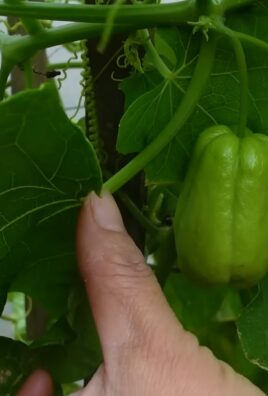
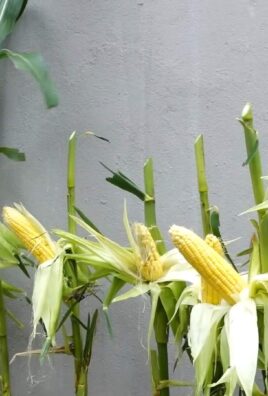
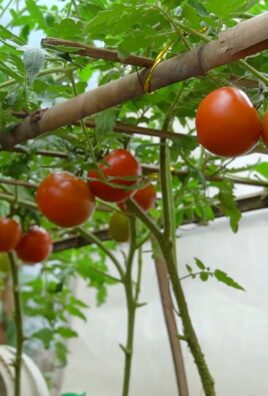
Leave a Comment